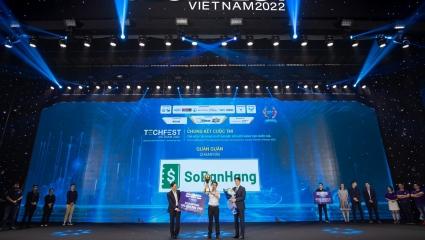The Rate of High Income in Asia Will Surpass Europe or US by 2040
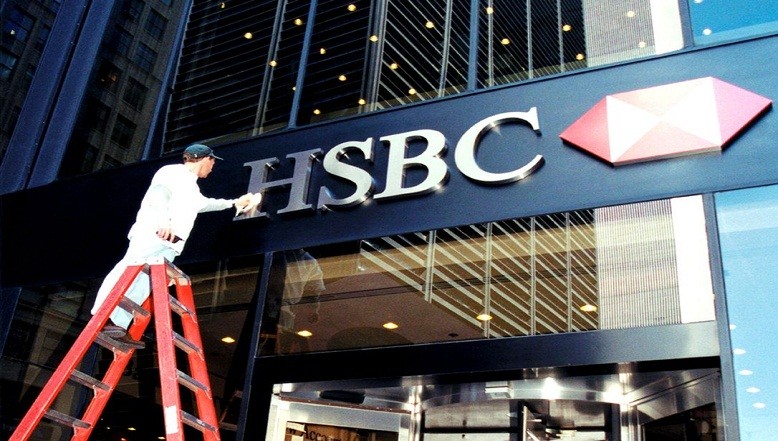 |
In Asia, the middle-class population is expected to grow at a CAGR of 2.1% until 2040e and what is defined as the “upper middle class” – that is, spending 51-110 USD per person per day – is set to grow at nearly triple that rate at a CAGR of 5.9%.
The number of people in the highest bracket, that spend over USD110 every day, is expected to rise from 27m in 2021 to 50m by 2030e and balloon to 164m in 2040e. By then, Asia will have more people in this high-income bracket than either Europe or the US.
The world’s population looks set to slowly tilt towards higher income levels
Looking for growth? Look at Bangladesh
But as for countries across the region, Bangladesh is expected to see the fastest growth in its consumer markets – that is, the population earning more than USD20 per day in constant PPP terms – in the current decade. It is followed by India, the Philippines, Vietnam, and Indonesia. Korea and Japan will see a drop in the overall market by 2030e.
But, in terms of size, mainland China is expected to retain its dominant position as being the biggest consumer market in the world with more than 800m consumers by 2030e and 820m by 2040e.
And the number of consumers in mainland China making more than USD50 per day are expected to reach c420m by 2030e, growing at a CAGR of 8.4% vs a CAGR of just 0.5% in the US (over the same period).
In India, the upper-middle class (inpiduals earning between USD50-USD110 per day) is expected to grow by an average of 24% p.a. until 2030e, in Indonesia it is expected to grow by an average of 13% p.a., and in Vietnam it is expected to grow by an average of 17% p.a. over the same period.
“In terms of the middle class, Indonesia will overtake Brazil in the next decade and the fastest riser is Bangladesh, which will be bigger than Germany or the UK by 2030”
What will these people purchase?
As incomes rise, people shop for different items. Typically, spending on necessities such as food and clothing (being necessities) falls while spending on health, leisure, and recreation rises. The question is, by how much?
Again, HSBC’s proprietary database can add some numbers to this.
For example, spending on recreation and transport is expected to rise the fastest, at more than 7% p.a. over the current decade. Conversely, food expenditure is expected to see its lowest growth at just 5% p.a. over the same period.
HSBC predicts that categories such as financial products, recreation, automobiles, computer equipment, and household services will grow fastest across Asia and financial services is a category that will grow fast across most countries in ASEAN, India as well as China.
Các tin khác
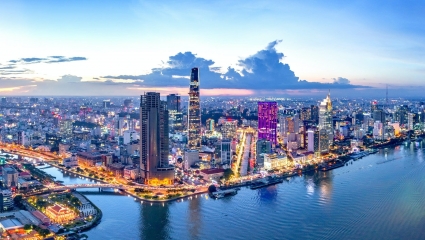
Standard Chartered Forecast Vietnam 2023 GDP Growth at 7.2%
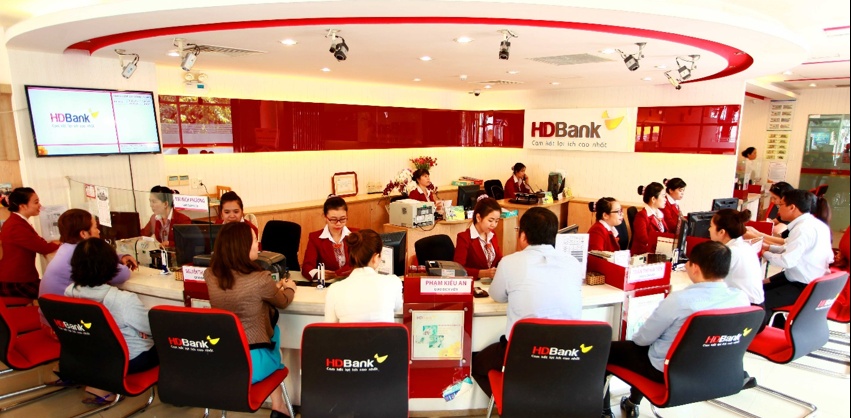
Tough year expected for banks in 2023
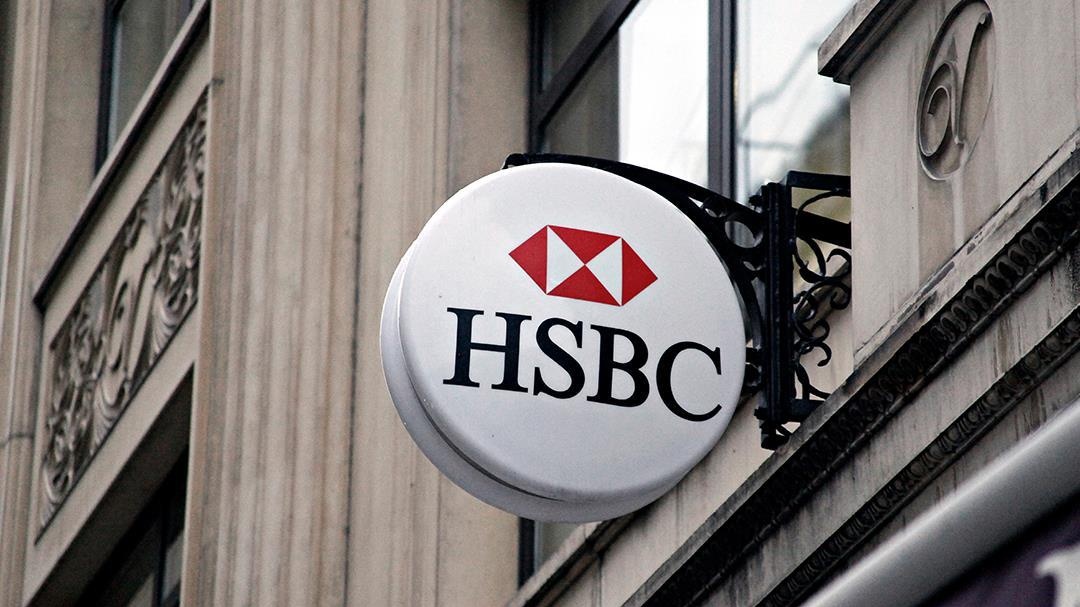
Vietnam’s Hiking Cycle Under Way, HSBC Says

Amazon Global Selling Vietnam Reveals its 2022 Vietnam SMEs Empowerment
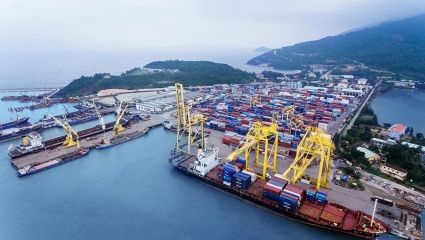
Vietnam: Bracing for a Trade Winter
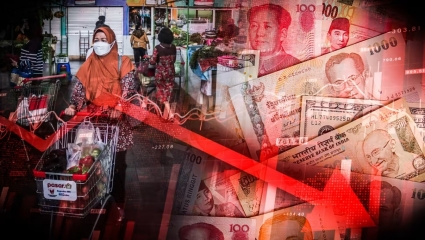
Asia Economies to Benefit from China’s Opening in Second Half 2023
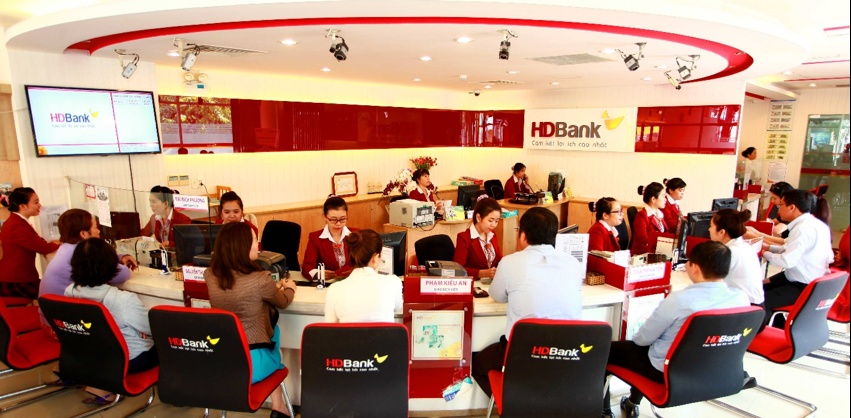
One More HDBank Leader Registered to Buy HDB Shares
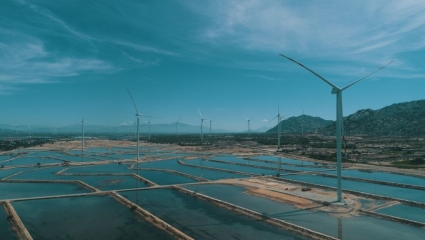
Sign of a Loan Agreement for Ninh Thuan Province Onshore Wind Power Project
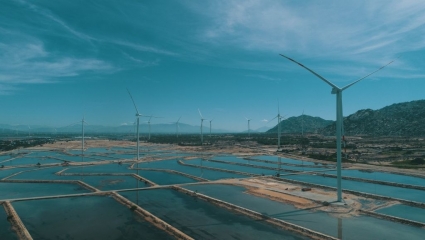
ADB, BIM Wind Sign $107 Million Financing Package to Support Wind Energy in Viet Nam
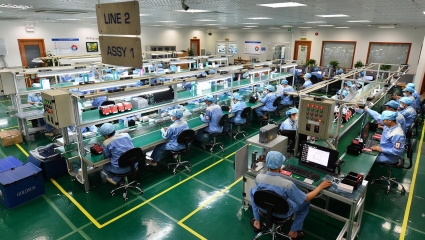
International Agreement to Support Vietnam’s Ambitious Climate and Energy Goals
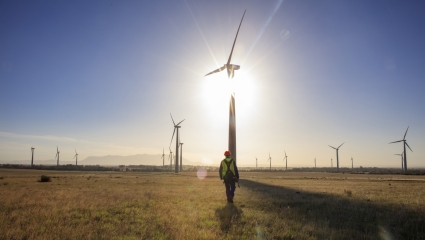
Vietnam to Receive $15.5 billion for Energy Transition
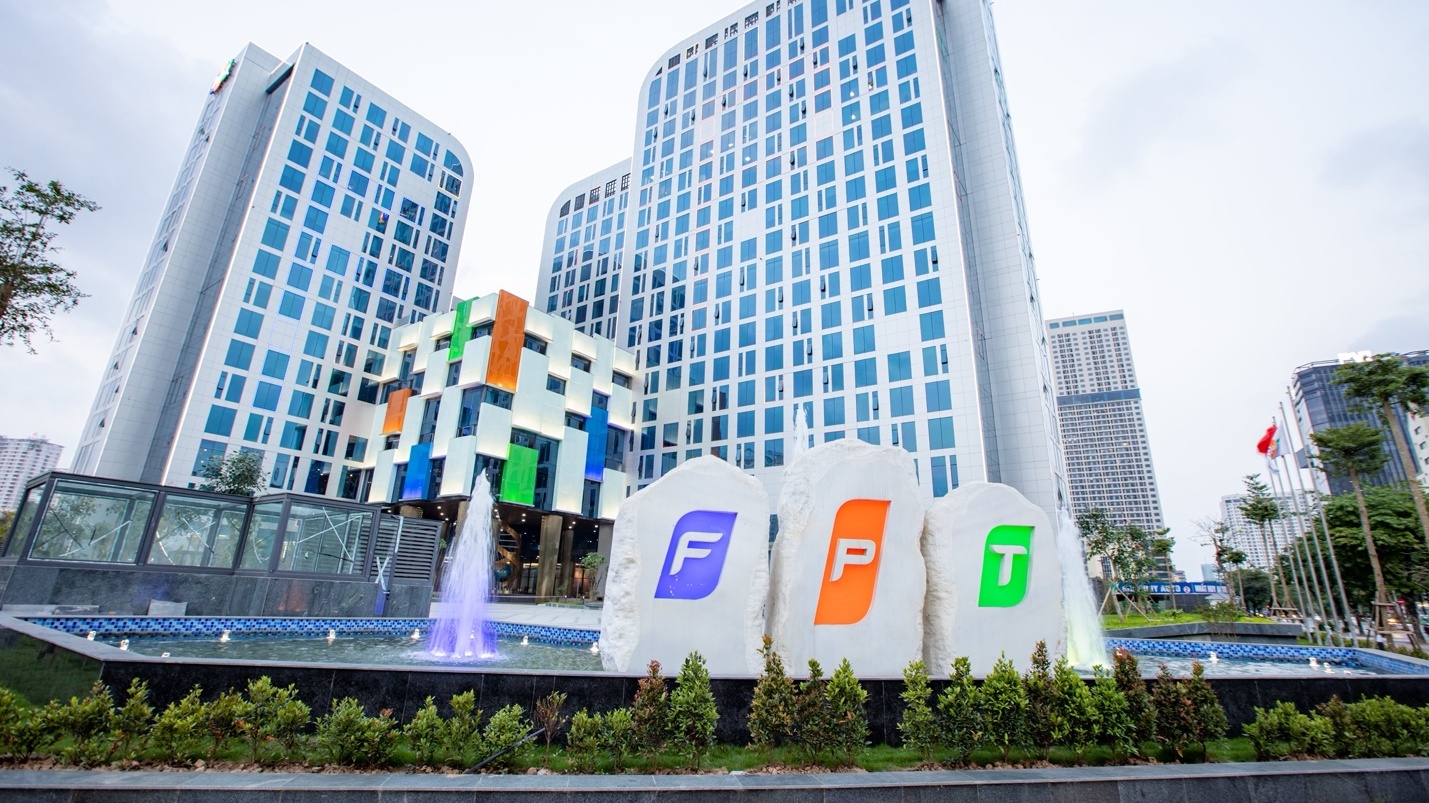
FPT Announced Business Results in the 11 Months of 2022
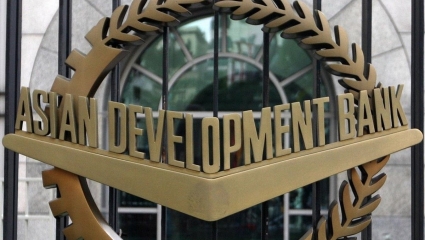
ADB Lowers Growth Forecast for Developing Asia amid Global Gloom

Amazon Announces its Biggest Holiday Shopping Weekend Ever
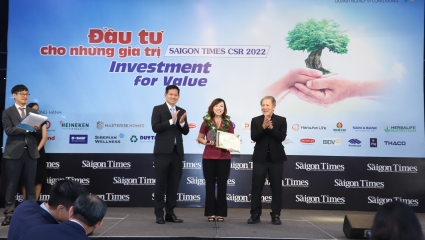
Unilever Vietnam to Consolidate the Position in Circular Economy
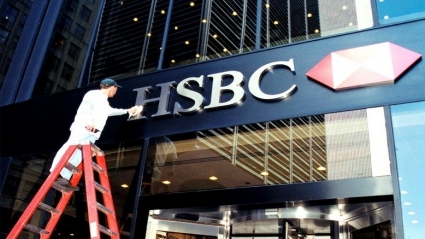
HSBC: The Vital Role of Voluntary Carbon Markets

Archetype Group Celebrated 20 Years of Growth
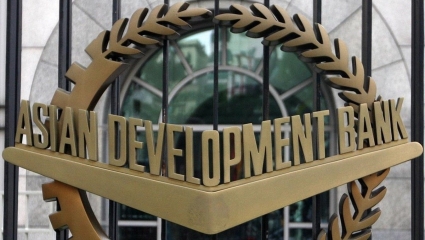
ADB, HAYAT KIMYA to Support for Women and Children’s Lives in Vietnam

HDBank is the Large-Cap Listed Company With the Best Annual Report 2022
